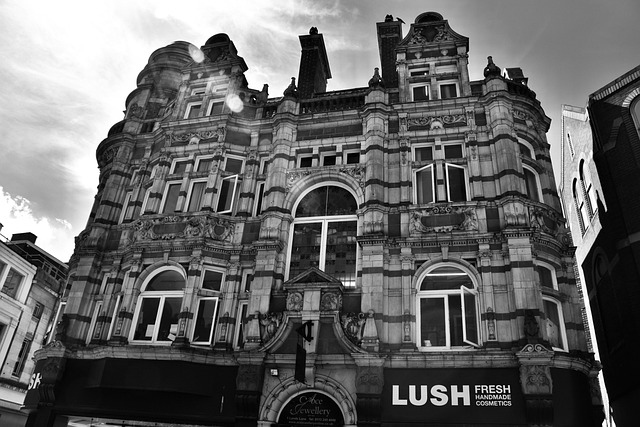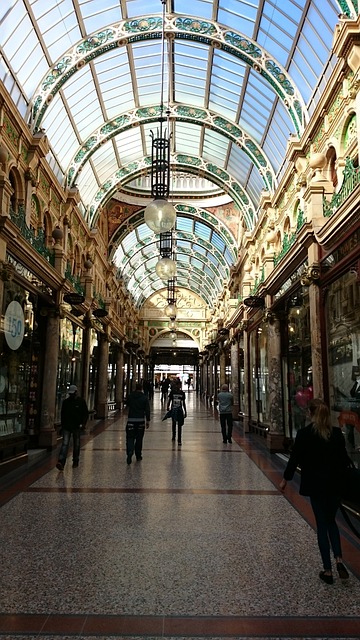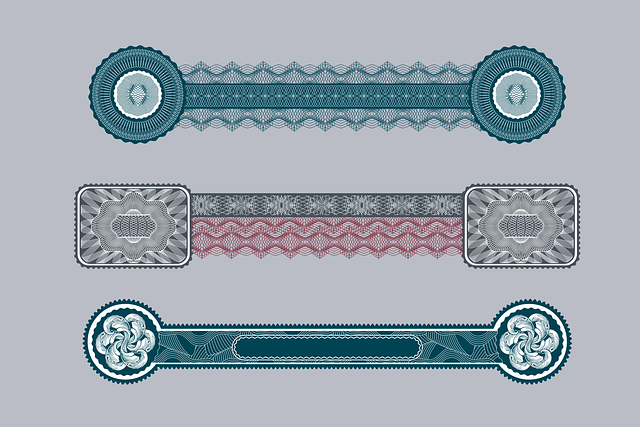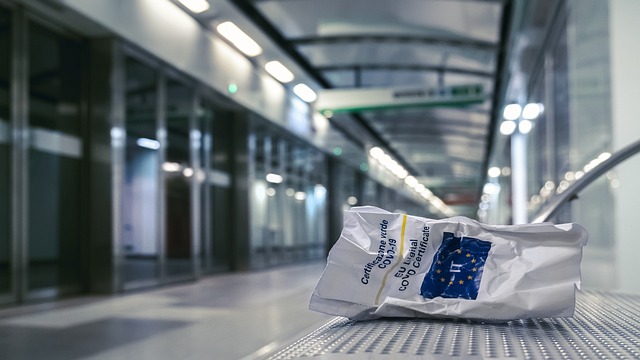In today's digital era, real estate is being transformed by LEED certification, prioritizing environmental sustainability and innovation with energy efficiency, water conservation, and eco-friendly materials. This trend drives down carbon emissions, increases property values, and fosters responsible practices, making sustainable design a mainstream requirement in the competitive real estate market.
Leadership in Energy & Environmental Design (LEED) is transforming the real estate landscape. This article explores how sustainable practices are no longer a nicety but a necessity, with a focus on energy-efficient design as a competitive advantage. We delve into the environmental impact of real estate and strategies to reduce footprints. By adopting LEED principles, real estate professionals can lead the way in creating a more sustainable future, attracting eco-conscious tenants and investors along the way.
LEADING THE WAY IN SUSTAINABLE REAL ESTATE PRACTICES
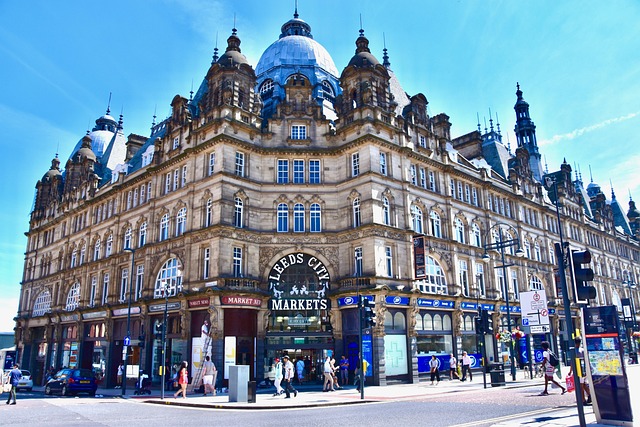
In today’s digital era, the landscape of real estate is undergoing a profound metamorphosis, with Leadership in Energy & Environmental Design (LEED) leading the way in sustainable practices. This game-changer certification program emphasizes environmental efficiency and innovation, ensuring that buildings are designed to minimize their impact on the planet. By adopting LEED principles, developers and architects are not just constructing structures; they’re fostering a future where sustainability is not an option but a standard.
LEED’s influence extends far beyond individual projects, revolutionizing the industry as a whole. It encourages a holistic approach to real estate, from energy-efficient design to water conservation methods. This comprehensive strategy ensures that every aspect of a building’s life cycle—from construction to occupancy—is in harmony with the environment. As a result, LEED-certified properties are not only beneficial for the Earth but also for their occupants, offering healthier, more efficient living and working spaces.
ENERGY-EFFICIENT DESIGN: A KEY TO COMPETITIVE MARKETS

Energy-efficient design is a cornerstone in the competitive landscape of modern real estate. As global awareness of climate change increases, consumers are increasingly prioritizing sustainable properties. Buildings that incorporate smart, energy-saving features appeal to eco-conscious buyers and tenants, positioning them ahead of the curve. From advanced insulation to solar panel installations, these designs not only reduce carbon footprints but also offer significant long-term savings on utility bills.
In real estate markets, this translates into higher property values and rental rates. Energy efficiency is no longer a niche consideration but a mainstream requirement, driving innovation among developers and architects who seek to create spaces that are both profitable and responsible. As regulatory standards continue to evolve, embracing energy-efficient design is not just an ethical choice—it’s a strategic necessity for staying competitive in the ever-changing real estate industry.
ENVIRONMENTAL IMPACT: REDUCING FOOTPRINTS IN REAL ESTATE

The real estate industry has a significant environmental impact, contributing to carbon emissions and resource depletion. However, Leadership in Energy & Environmental Design (LEED) offers a framework to mitigate these effects. By focusing on sustainable materials, efficient energy use, water conservation, and indoor air quality, LEED-certified buildings reduce their ecological footprint.
This approach promotes responsible practices such as using recycled materials, implementing green roofing, and integrating renewable energy sources. These strategies not only benefit the environment but also offer long-term cost savings for tenants and landlords alike, making sustainable real estate a win-win for both businesses and the planet.
